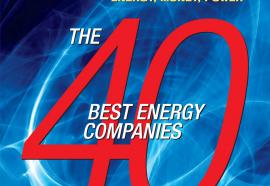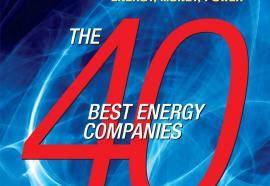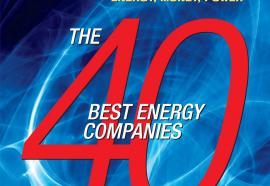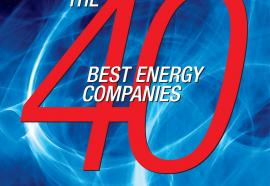The New Normal
Our economic future depends on adaptability.
For the past several months, analysts and pundits have been using the term “the new normal” to describe post-recession economic conditions. The phrase describes a variety of changes, from stock-market returns to personal savings rates, but it boils down to this: After the recession, the economy will go through a soft recovery, and it won’t return to pre-recession levels of financial and market activity in the mid-term future.










